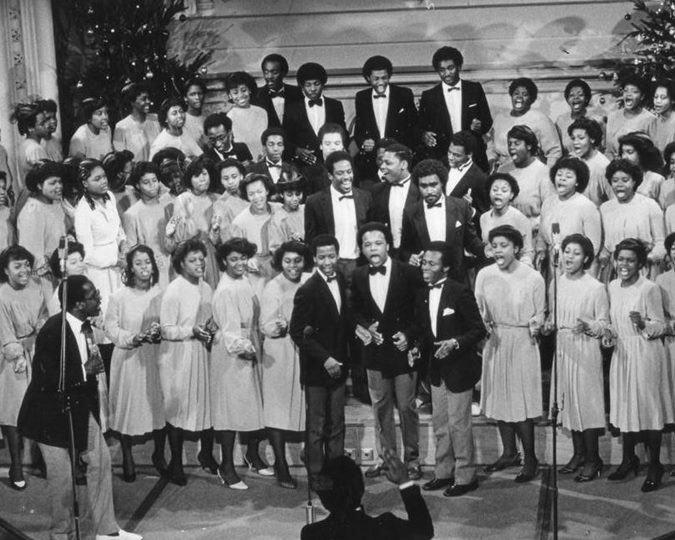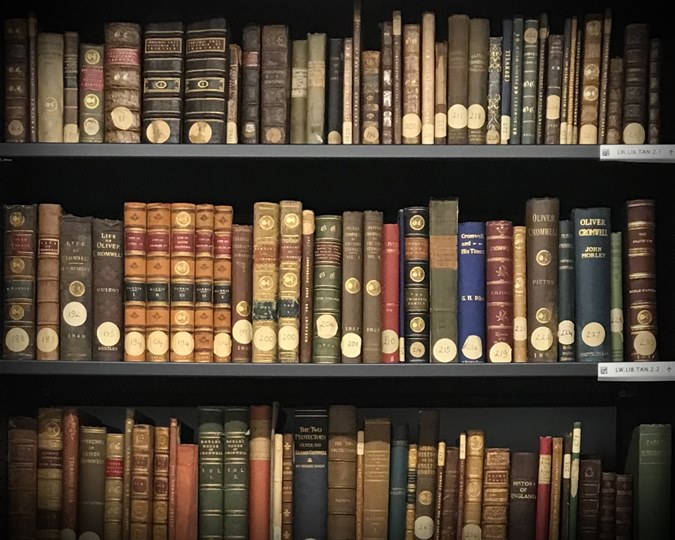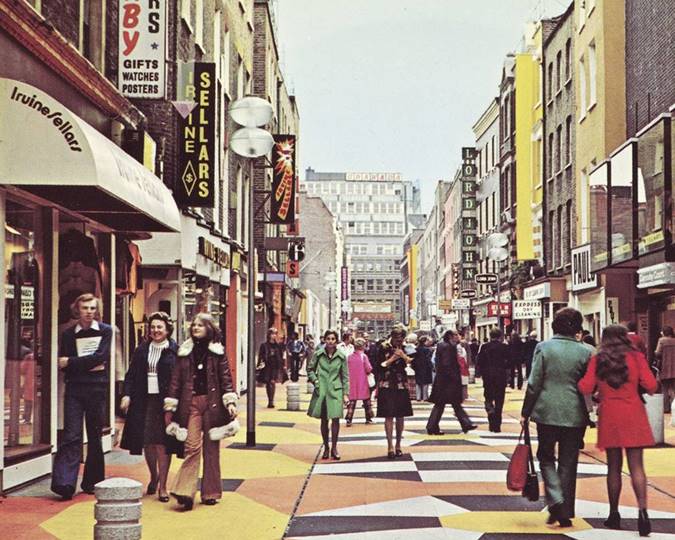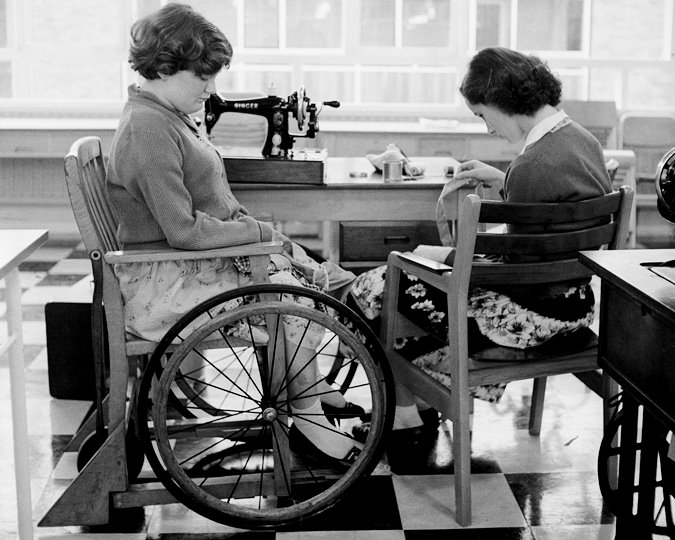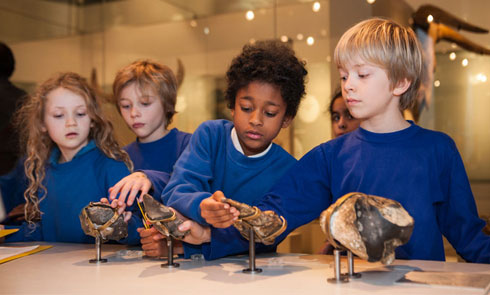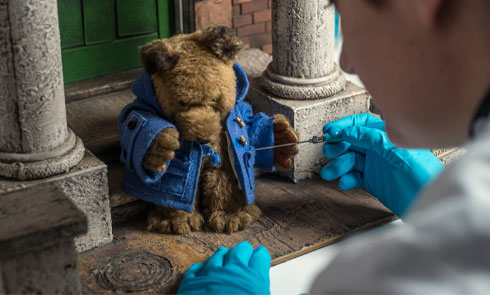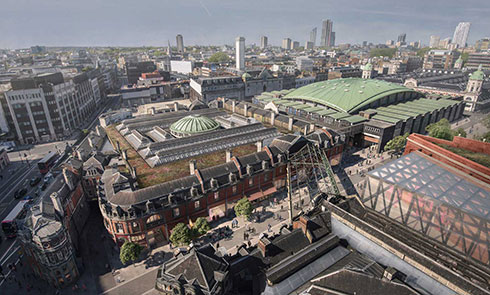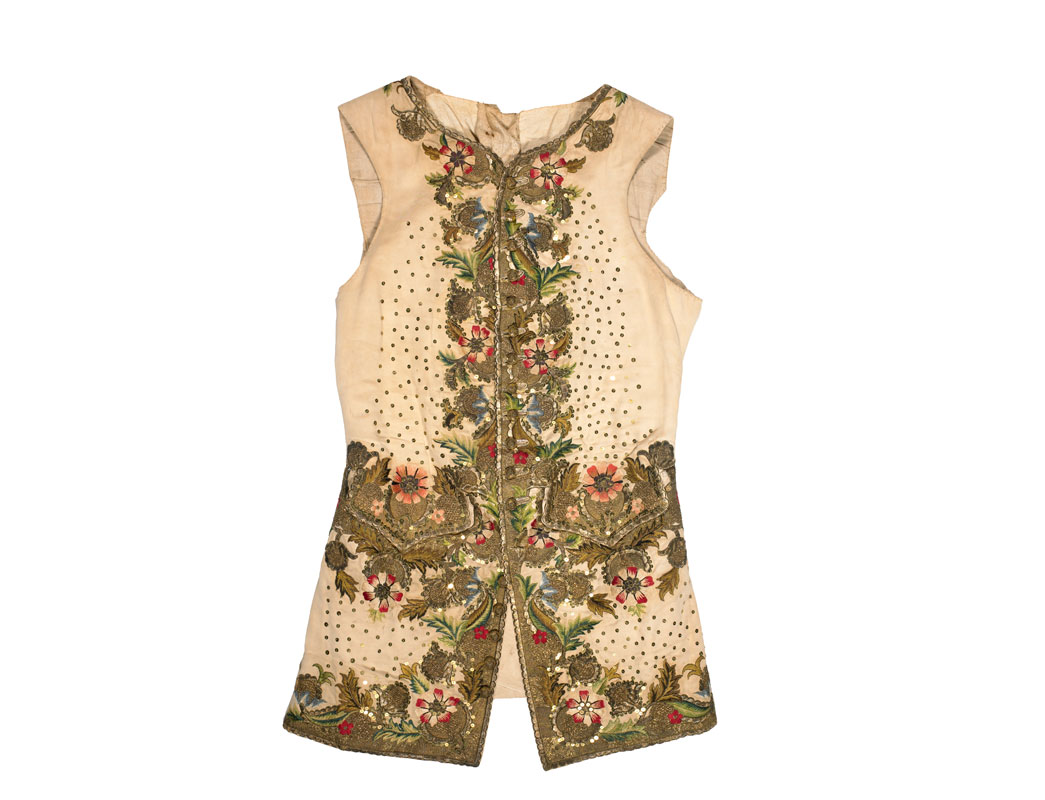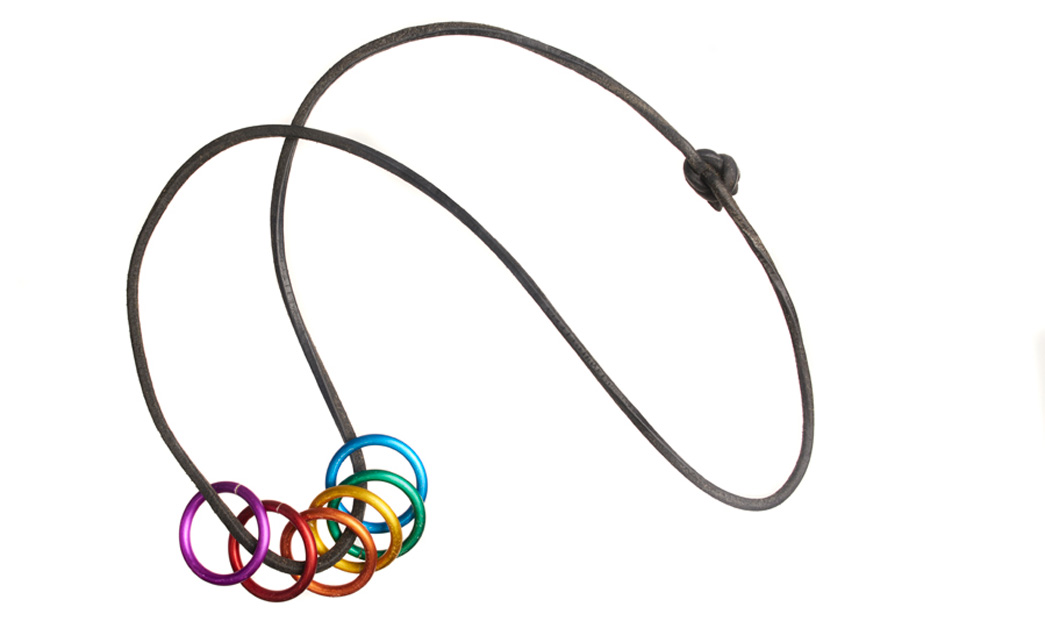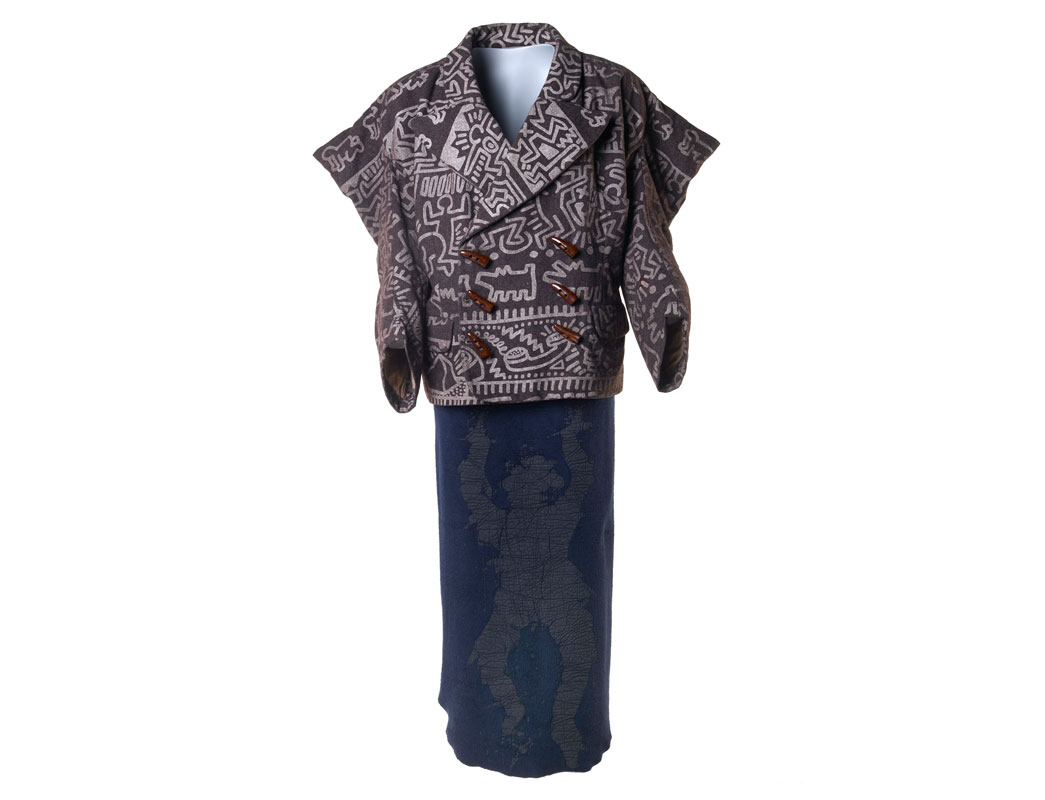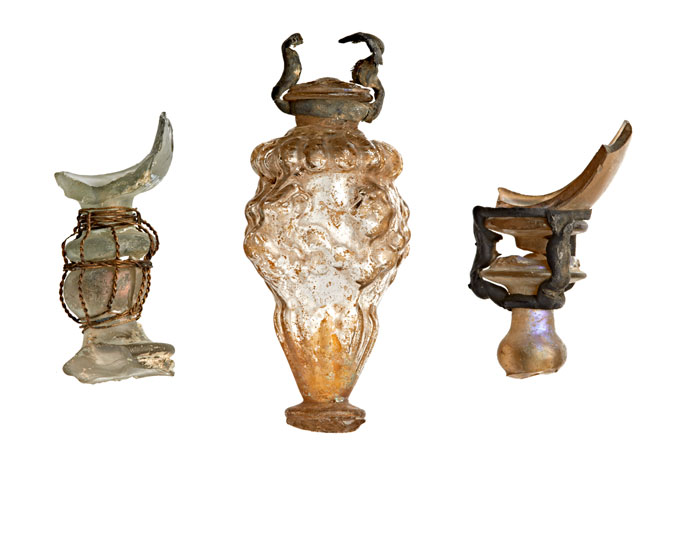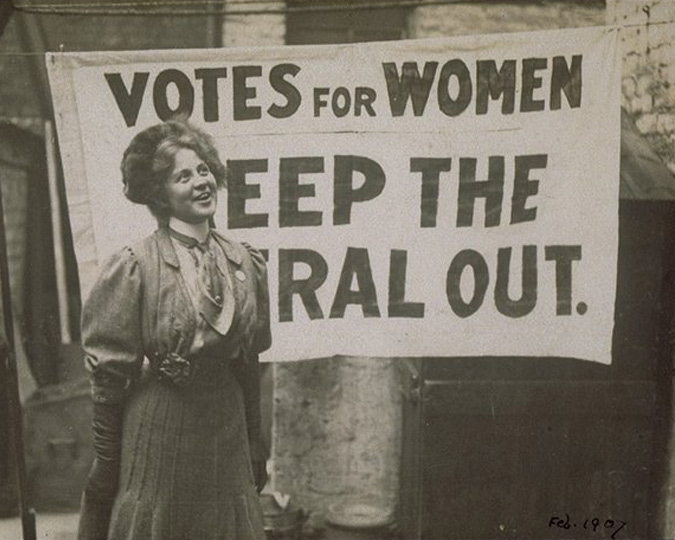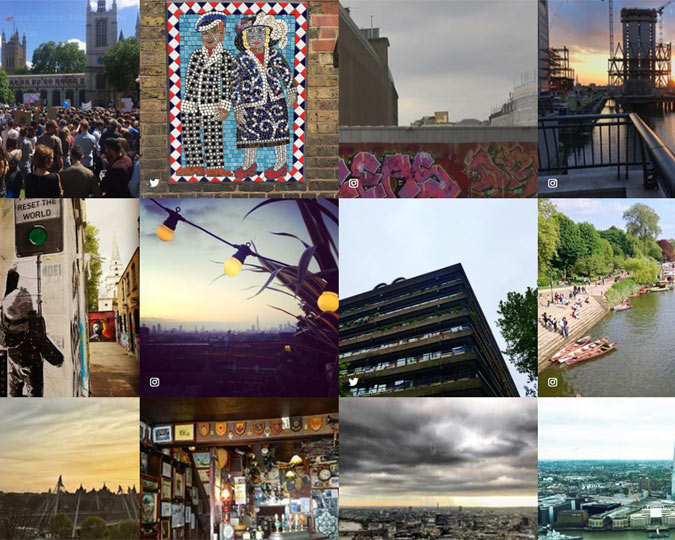We take a look through our collection for signs and symbols of the centuries-long struggle by LGBTQ+ Londoners for acceptance, recognition and equal rights.
A hidden history
For most of London's history, people who practice same-sex love or transgress traditional gender identities have lived hidden lives, for fear of punishment and censure. When they appear in the historical record, it is usually because they are being prosecuted or vilified. From 1533 in England, homosexual activities between men were a crime punishable by death. Despite the great personal risk they faced, men who had sex with men still created a vibrant subculture in London. In the 18th and 19th century, certain London pubs and coffeehouses became popular gay meeting places, known as "Molly-houses". We know about these activities from the writings of contemporary moralists, who denounced the growth of "Allmighty Sodomy".
The 18th century book Plain Reasons for the Growth of Sodomy in England attributed a supposed increase in homosexuality to men's dress. The author claimed gay men wanted to dress like women: "they would appear as soft as possible to each other, any Thing of Manliness being diametrically opposite to such unnatural Practices." Perhaps the author was thinking of clothing like this waistcoat, decorated with a chic flower pattern in coloured silk and gold and silver thread. From the 19th century, male attire was dark and plain. It was not until the 1960s that gay men's flamboyant dress styles influenced mainstream fashion, making it more colourful and adventurous.
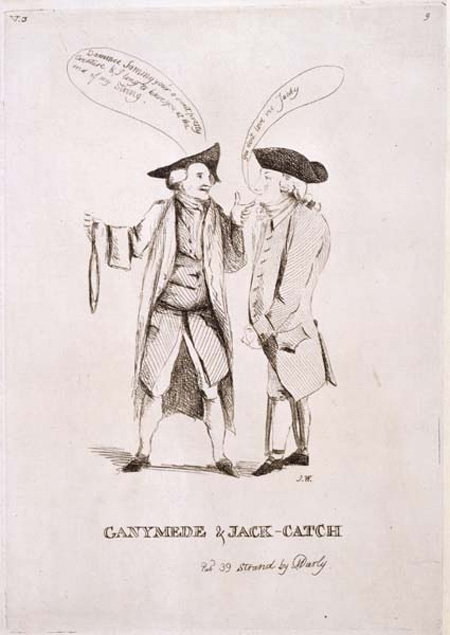
Print, 1776
More evidence of historical homosexuality in our collections comes from a grimmer source: records of the prosecutions, and sometimes executions, of men who had sex with men.
This right-hand figure in this print is Samuel Drybutter, a bookseller in Westminster Hall, who was a public figure in 18th century London, famous for his flamboyant dress and supposed homosexuality. Drybutter was a prominent 'Macaroni', a subculture of men who dressed in extravagant fashion and whose behaviour was stereotyped as affected and unmanly.
He was arrested on numerous occasions for attempted sodomy but managed to escape prosecution. He was pilloried several times and suffered various physical attacks. Satirists nicknamed Drybutter 'Ganymede', after a shepherd boy who was the lover of the god Zeus in Greek mythology.
The figure speaking to Drybutter is Jack Catch, a nickname given to English executioners. Jack the hangman, holding a noose, says 'Dammee Sammy you'r a sweet pretty creature & I long to have you at the end of my string'. Drybutter, shackled in leg irons, replies 'You don't love me Jacky.' Despite the comical tone, it's a grim reminder of the constant threat of violence that hung over those who stepped outside the norms of sexuality and gender in past London.
Out and proud
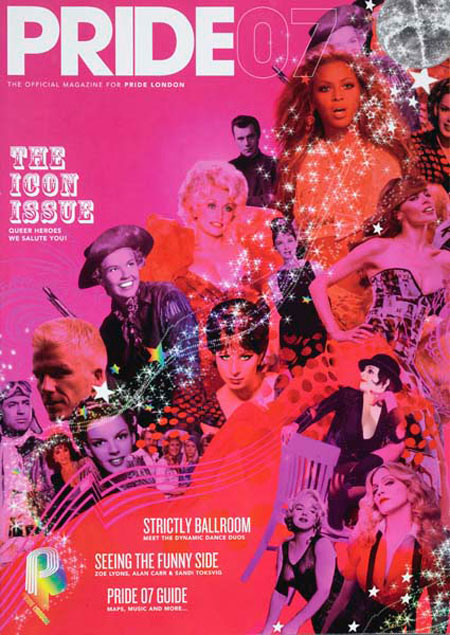
Official magazine of Gay Pride, London 2007
143 pages including articles and listings of events.
Gay Pride events are now common in cities across the world, public celebrations of equal rights for people of all orientations and sexualities. But they began as intensely political events, challenges to a world where homosexual activities were persecuted.
The first Gay Pride march took place in London on 1 July 1972, inspired by the 1969 Stonewall Riots in New York. These were triggered by police harassment at the Stonewall Inn, a bar catering to New York's gay, lesbian, transgender and crossdressing community. The bar's patrons fought back, striking a symbolic blow for gay liberation.
Londoners also faced violence and police hostility. The leaflet from Gay Pride Week 1978 mentions increasing attacks on gay people over the past year, including the attack on the Royal Vauxhall Tavern by the National Front. With the slogan 'Lesbians and Gay Men Come Out On the Streets', Pride was an opportunity for LGBT Londoners to show their strength and numbers, and show "the positive side of the being gay: GAY IS FUN; GAY IS PROUD; GAY IS BEAUTIFUL!"
By 2007, the year of the 35th annual London Pride parade, the event had swelled to one of the largest Pride celebrations in the world. This magazine from Pride 07 is celebratory rather than combative, reflecting the huge progress towards equal rights made during the intervening years - progress won by tireless struggle for political and social change.
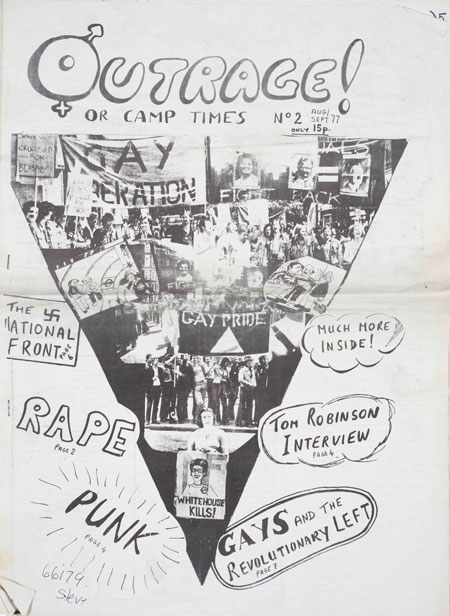
Punk fanzine Outrage, or Camp Times, issue 2
Aug/Sept 1977. Produced by Jon Savage. 'Zines' could explore gay issues ignored by mainstream media.
These badges celebrating Pride and gay activism were created during the 1970s and 80s, when wearing them on the streets was a powerful and dangerous political statement, sometimes met with abuse or violence. The pink triangle badges are a reference to the cloth badges that gay prisoners were forced to wear in Nazi concentration camps. Gay victims of Nazism were not freed by the Allied occupiers of Germany in 1945, but were forced to serve out remaining prison sentences for their "crimes".
The third badge, produced in the mid-1980s, also features safety pins, symbols of the punk movement which emerged in London and attracted many LGBT people with its resistance to oppressive authority.
The fourth badge's slogan 'Scrap the Section!' refers to Section 28 of the Local Government Act 1988. Under the legislation, local authorities were prohibited by law from 'promoting homosexuality by teaching or by publishing material', effectively banning help for LGBT people from schools, libraries, and community groups.
It was the first anti-gay British law passed since 1885, and prompted lesbian protesters to abseil into the House of Lords and storm the BBC newsroom. A mass campaign to repeal Section 28 provided the catalyst for the establishment of the gay rights organisation Stonewall. The Section was finally repealed on 18 November 2003.
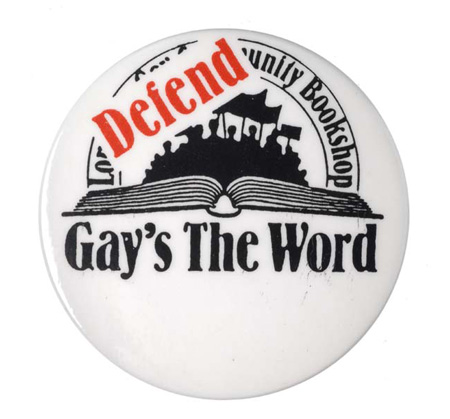
Lapel badge, 1984-85
Campaign badges, like this one, represent give a grassroots view of LGBT activism and public identity in London. Although homosexual activities between men over 21 were decriminalised in 1967, it took decades of public protest to bring full equal rights to Britain.
Gay's the Word is a bookshop located on 66 Marchmont Street in Bloomsbury. Founded in 1979, it's the only bookshop in Britain that specialises in gay and lesbian literature.
In 1984 Customs and Excise officers raided Gay's the Word as part of 'Operation Tiger'. They seized all imported titles on the grounds that they were obscene. The case went to the European Court in 1985 and the charges were eventually dropped.
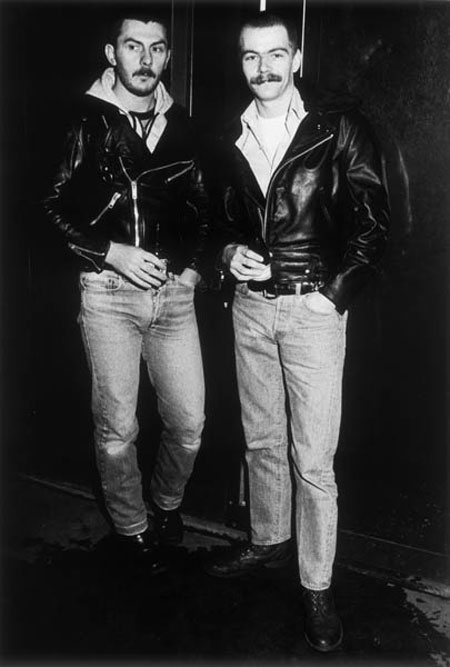
Two young gay men outside a Soho club, 1985
Photographer Anna Koffman.
This 'rainbow' friendship necklace, bought at a London Pride event, is based on the rainbow flag first unveiled at the San Francisco Gay and Lesbian Freedom Day Parade in 1978. San Francisco artist Gilbert Baker borrowed themes from the hippie movement and the black civil rights groups to design the rainbow flag. The colours represent: red for life, orange for healing, yellow for sun, green for nature, blue for harmony (or art) and purple for spirit.
This necklace was bought by a gay man at one of the first London Gay Pride marches he attended, about 1985. Some of the donor's friends used to exchange rings with each other. To them, certain colours stood for particular people, friends, lovers, or the recently dead. However, the donor stopped attending Pride at the end of the 1980s, saying that he felt the event had turned into entertainment, rather than "trying to achieve something".
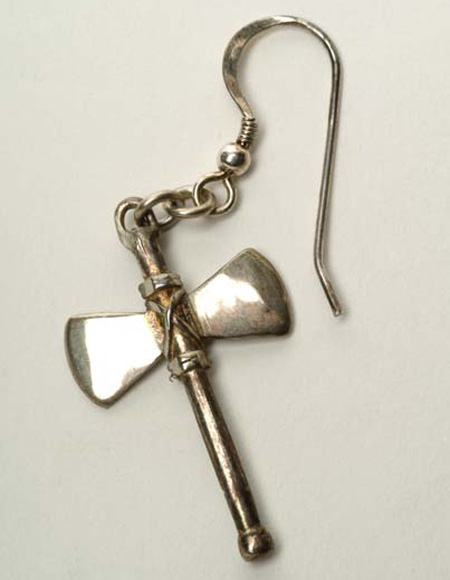
Silver
Most items relating to LGBT history in the museum's collection are much less visible. They reflect the difficulty of living in a London where being gay could cause you to be sacked from a job, publically shamed, or even arrested.
This silver earring is in the shape of a double-headed axe called a labrys. The labrys is believed to have been used as a tool by a number of ancient civilizations for the dual purpose of fighting and harvesting, and is linked to the Amazons, a mythical tribe of female warriors. Lesbian and feminist groups adopted the symbol of the labrys in the 1970s. Wearing jewellery like this is one way for lesbians to indicate their sexuality.
Trans-gressing
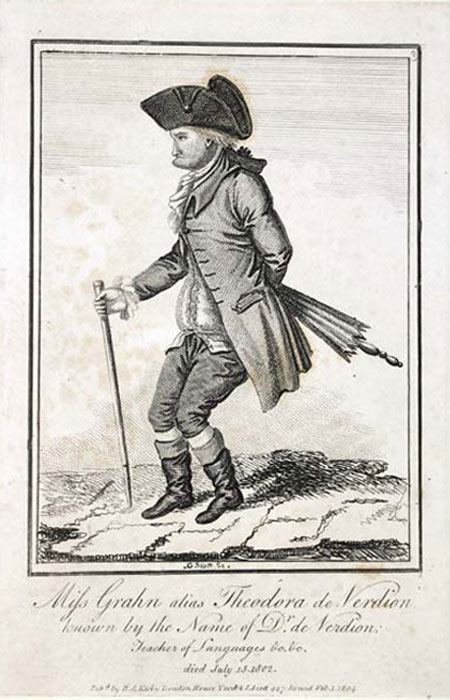
Miss Grahn alias Theodora de Verdion
Print, 1804. Grahn was a noted transvestite.
Women who loved women appear even less than gay men in London's historical record. In the 1700s and 1800s it was not unusual for women to have passionate friendships with each other. However, proving that relationships were romantic and sexual was difficult. There was also no specific law against lesbianism, so cases rarely appear in court records.
Some Londoners from history have broken out of strict gender identities, cross-dressing or living a secret life as the other sex. This print shows Theodora Grahn, a woman from Berlin who dressed as a man while working in London. Theodora, who styled herself "Doctor John de Verdion", worked as bookseller, secretary and a teacher of languages in Regency London. She appears to have become a well-known, if much-mocked, figure, her true gender known but tactfully ignored. Whether she was transsexual, or simply determined to live a life unavailable to an independent woman in 19th century London, is uncertain.
Here's evidence from our collection of London's transvestite culture from the 20th century. This skirt, produced by Vivienne Westwood and Malcolm McLaren in 1983 was worn in the 1980s by the male clothes designer Dane Goulding, a cross-dresser. He commented: ‘I really owe a huge debt to Miss/Mrs Westwood… I honestly never bought her clothes to look cute, I always felt as though I was commenting on a world I was really unhappy with’. It's a 'Mudman' skirt from the World's End "Witches" collection, sold at Westwood's shop on the King's Road in Chelsea.
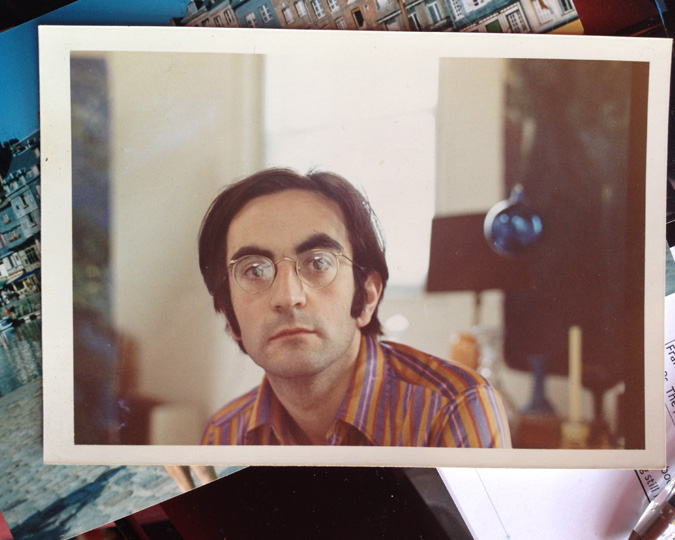
Francis's style was described as 'dapper without being precious'.
Legal equality and social recognition for LGBT Londoners has been gradually won over the last fifty years, and we continue to collect material that reflects this progress. In 2017, the Museum of London acquired clothes from the wardrobe of Francis Golding, award-winning London architect and fashion icon. The Francis Golding collection included a first for the museum: the suits that he and his partner, Dr Satish Padiyar, wore in their civil partnership ceremony in 2006 - both a milestone of public acceptance for homosexuality, and a reminder that marriage equality for lesbian and gay people was not achieved until the law was changed in 2013.
Discover more LGBTQ+ stories from London's past. Celebrate LGBTQ+ History Month at the Museum of London.

